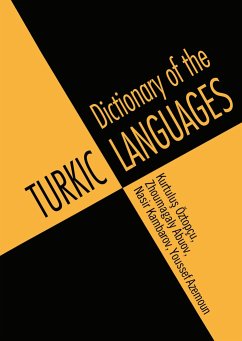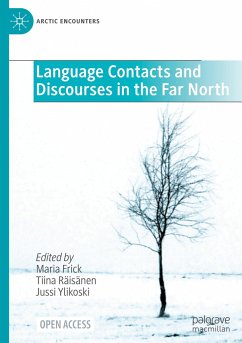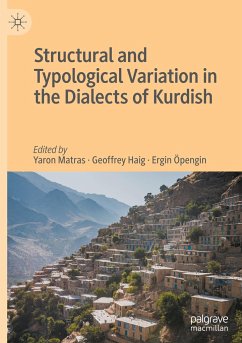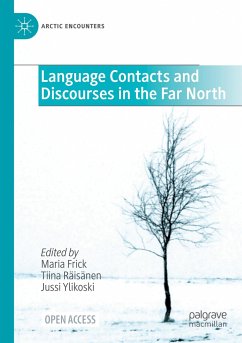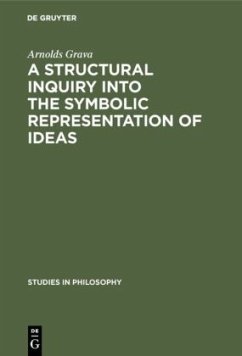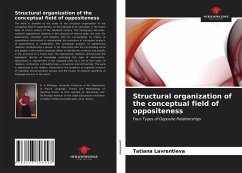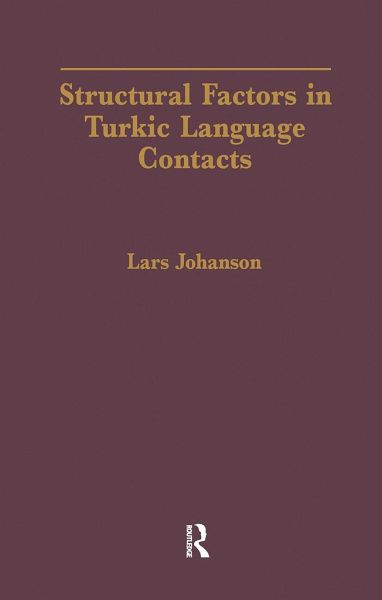
Structural Factors in Turkic Language Contacts
Versandkostenfrei!
Versandfertig in 1-2 Wochen
166,99 €
inkl. MwSt.
Weitere Ausgaben:

PAYBACK Punkte
83 °P sammeln!
Contact between Turkic and non-Turkic languages is examined here in this text on language contact which also investigates the social and structural factors involved in the phenomenon.






